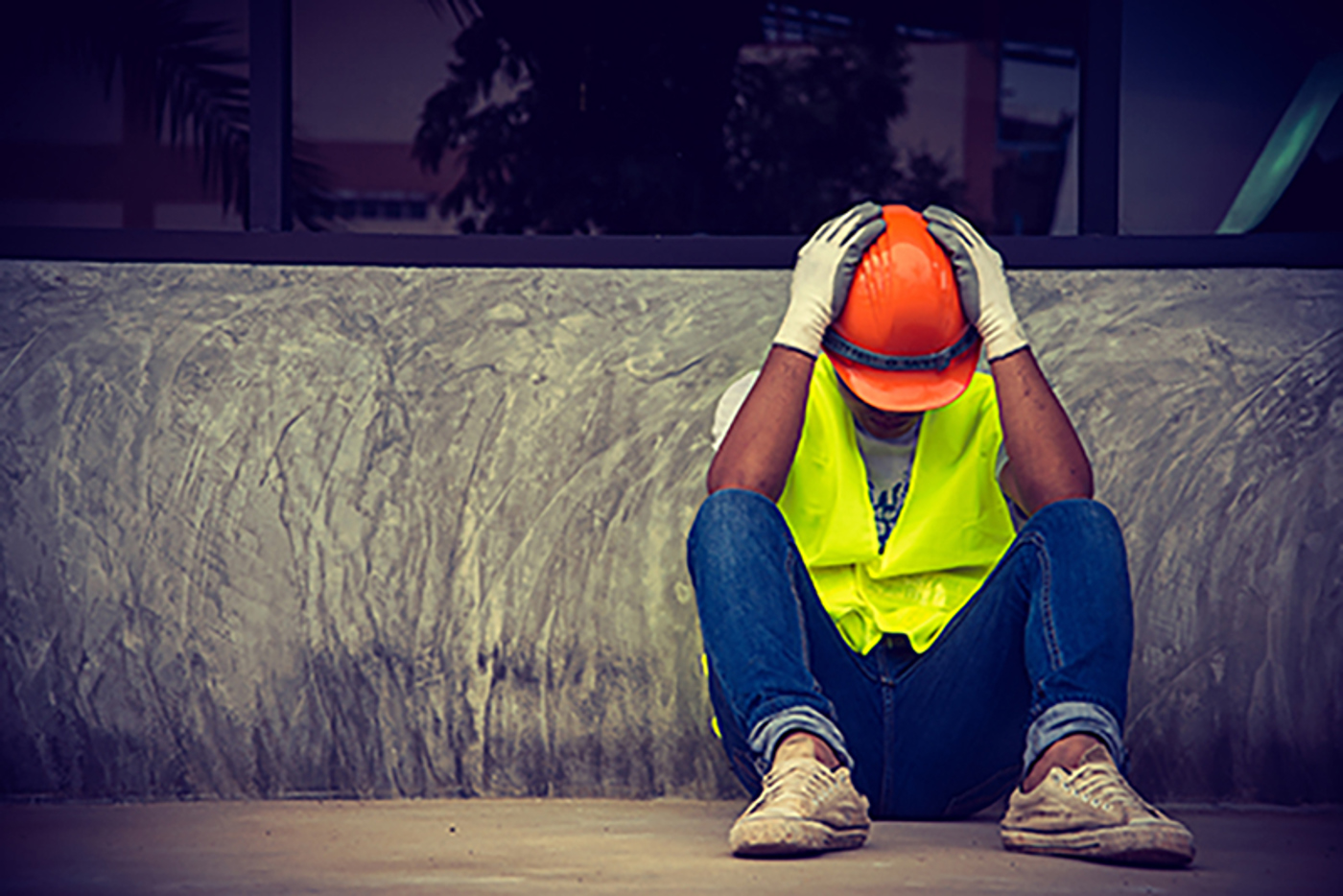
With the days lasting longer over summer, there can be more pressure to get more jobs done, while making the most of the extra daylight. At this time of year, it can be difficult to balance the to-do list with your own health and safety, and this can lead to a spike in work-related incidents.
![]()
The construction industry relies on workers being physically and mentally alert. Fatigue is a state of physical and/or mental exhaustion that reduces a person’s ability to perform work safely and effectively. Fatigue reduces alertness. This may lead to errors, an increase in workplace incidents and injuries.
Causes of fatigue include:
-
Work schedules – Not only the number of hours of worked, but the impact of night work/shift work.
-
Sleep disruption – Everyone needs enough sleep to stay alert and perform well at work.
-
Environmental conditions – Climate extremes (such as working outside in winter), noise and handling vibrating tools place demands on workers and can increase fatigue.
-
Physical and mental work demands – Construction work can be physically demanding, which can increase fatigue. Mental demands, such as tasks that require periods of intense concentration, can also increase fatigue.
-
Emotional wellbeing – Work events can be emotionally tiring and increase fatigue, such as regular criticism or the pressure to complete a task to a deadline. Non-work events can also cause distress and lead to fatigue, for example, the loss of a loved one or trying to resolve personal conflicts.
What you can do
Firstly, you must always eliminate the risk where you’re reasonably able to. Where you’re not reasonably able to, then you need to consider what you can do to minimise the risk.
Here are some examples:
-
Set achievable demands for your workers in relation to agreed hours of work.
-
Match worker’s skills and abilities to job demands.
-
Support workers to have a level of control over their pace of work.
-
Develop multi-disciplinary teams to share ideas and perspectives on ways to address situations.
-
Involve workers in decisions that may impact their health and safety and have processes to enable workers to raise issues and concerns they might have.
-
Ensure managers and supervisors have the capability and knowledge to identify, understand and support workers who may be feeling stressed.
-
Provide workers with access to independent counselling services.
-
Have agreed policies and procedures to prevent orresolve unacceptable behaviour.
-
Engage and consult with workers before implementing change processes, and ensure they genuinely have the ability to influence the decisions you make.
-
You need to select the most effective controls that are proportionate to the risk, and appropriate to your work situation.
Get your workers involved
Ensure your workers know how to make suggestions, ask questions, or raise concerns. Always ask your workers for input on identifying health and safety risks and how to eliminate or minimise them. People are more likely to take responsibility and make good decisions when they have been involved in the conversation. Your workers (including contractors and temps) are the eyes and ears of your business. They can help spot issues, and suggest practical, cost-effective solutions.
Always train your workers on what the key risks are and how to keep healthy and safe.